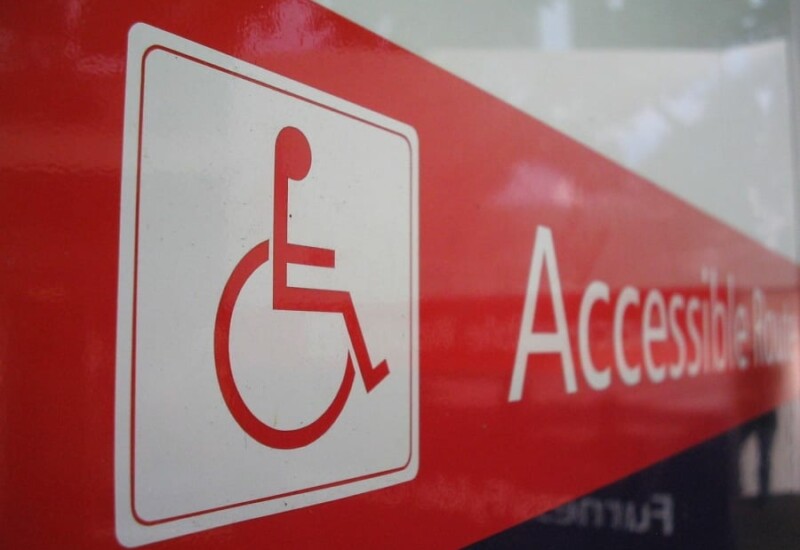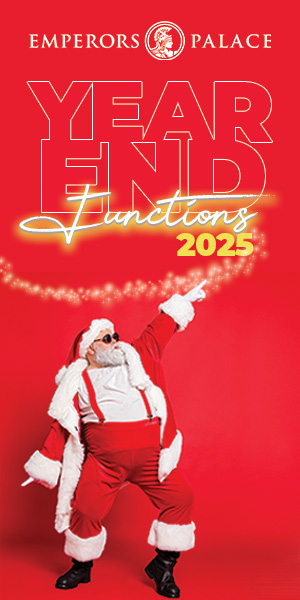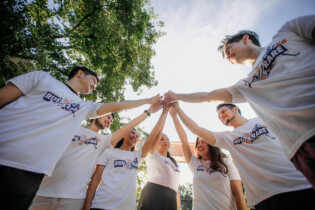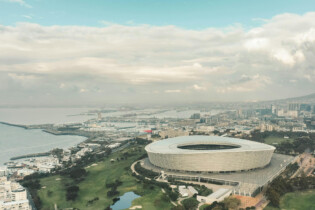Part I: access for those in wheelchairs. Click here for Part II, which covers access for those with hearing disabilities, and here for Part III, which addresses access for those with visual disabilities.
As an event planner, you would never dream of turning people away from your event – but if you have an event that is not accessible to those with disabilities, this is exactly what you are doing.
Deirdré Gower, a founder of Warriors on Wheels, attended an exhibition with her son who uses a wheelchair. It was an event that attracted a lot of people with physical disabilities. On arrival, they discovered the expo could only be reached by the stairs. “We were lucky,” she says, “As the staff were helpful and assisted us to carry the wheelchair up two flights of stairs. But many other attendees couldn’t be helped, so they left immediately.”
And yet, making your event wheelchair friendly is not that difficult – and should be the norm.
- Choose the right venue
Find a venue designed to accommodate disabled access. Look for the following:
- Designated accessible parking bays for persons with physical disabilities that are clearly marked and close to the entrance
- A ramp or lift close to all stairs
- Accessible toilets that are accessible for persons with physical disabilities throughout the venue, and clearly signposted
- If the outdoor area is being used, flat and even surfaces are required
Deirdré adds, “We’ve gone to venues where there are ramps and elevators leading into the building, but the bathrooms are situated where we need to wind our way through narrow corridors and doorways to get there, and the wheelchair couldn’t fit into the bathroom.” Don’t assume a venue that has some accessible features will be fully accessible.
- Set it up right
Even though you’ve found an accessible venue, you still need an appropriate set up. Make sure the following applies:
- Everyone can access the event through the same entrance. Deirdré shares a common experience where wheelchair users must use a back entrance normally reserve for deliveries to access an event. She says, “This sometimes takes you through undesirable areas of the building, such as where the trash is taken out, so can be dirty or smell unpleasant.” You shouldn’t want this to be the first impression any of your guests have of your event!
- The registration counter is low enough for people in wheelchairs to see over it
- All aisles and thoroughfares are wide enough for persons in a wheelchair to move around the event as freely and comfortably as everyone else can
- If food is being served banquet style, ensure wheelchairs can fit at the tables; if food is being served cocktail style, ensure it is within easy reach for those in wheelchairs and consider opting for finger foods. Utensils can be clumsy for everyone when not sat at a table, but especially when managing other considerations.
- Train your staff
Probably the most important thing you can do is educate your staff on how to communicate with people who have disabilities – which is, much as they would with anyone else, with respect. They should always address disabled people directly, even if they are accompanied by a helper.
Deirdré adds that helpful staff make up for most short comings; “If an establishment isn’t 100% accessible but their staff go out of their way to give the best possible experience disabled and able-bodied visitors alike, that makes for a good experience.”
Links for more information:
- Accessible South Africa (ASA): accessiblesouthafrica.co.za
- National Council for Persons with Physical Disabilities (NCPPD): www.ncppdsa.org.za
- Warriors on Wheels: warrioronwheels.co.za







